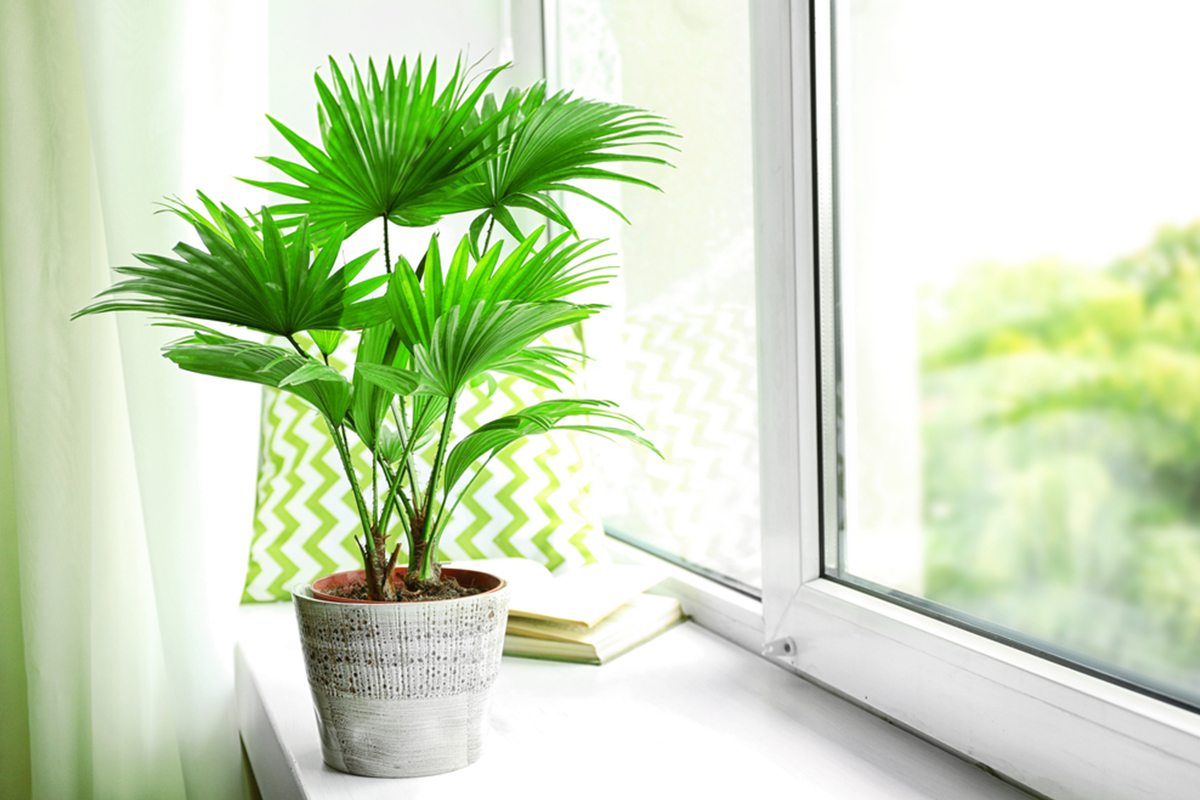
Carbon monoxide, allergens, poisonous gases, mold – and that’s just your living room. Poor air quality may cause sneezing, wheezing, and coughing. If this describes a typical day in your home, it may be time to check your home’s air quality. During Air Quality Awareness Week, the EPA will “promote events that increase air quality awareness and encourage people to check the Air Quality Index (DQI) daily.”
Let’s Clear the Air
Your indoor air quality may be more polluted than the air outside. Identify potential sources of indoor air pollution with a professional inspection or an indoor air quality test kit.
How Do I Know the Quality of My Home’s Indoor Air?
Two of the most harmful gases within the home are radon and carbon monoxide. We suggest you hire a professional test your home for these gases. It’s important to install detectors in your home to signal when these gas levels rise, as both gases are odorless and colorless.
- Radon
- Radon is an odorless gas that we can’t detect on our own. It attaches to dust and particles floating in the air that we inhale into our lungs. Radon is the leading cause of lung cancer deaths among nonsmokers and is responsible for over 20,000 deaths in the United States each year. Learn more about Radon Myths and Facts.
- Carbon Monoxide
- Carbon monoxide is a hazardous odorless gas that generates from “incomplete combustion of fuel in household devices, such as stoves, furnaces, water heaters and fireplaces” (HowStuffWorks). The gas enters the lungs, and at certain levels of exposure, can result in death.
Mold is another indoor air quality concern.Mold grows in your home where moisture is present. Breathing airborne mold spores can cause sneezing, runny nose, and sore throat. Mold testing should be performed by a qualified professional.
3 Simple Ways to Improve Your Indoor Air Quality
According to the Consumer Product Safety Commission, there are three basic strategies for improving indoor air quality:
- Source Control
- The most effective way to improve your home’s indoor air quality is to eliminate individual sources of pollution.
- Seal up open asbestos in your home
- Decrease the amount of emission on gas stoves
- Don’t smoke at home or allow others to smoke
- Test your home for radon, carbon monoxide, and mold
- Clean regularly to reduce animal dander, pollens, and dust mites
- The most effective way to improve your home’s indoor air quality is to eliminate individual sources of pollution.
- Ventilation Improvements
- Increase the amount of outdoor air that enters. Not all heating and cooling systems bring fresh air indoors.
- Install exhaust fans in kitchens and bathrooms
- Get an energy-efficient heat recovery ventilator
- Vent your clothes dryer
- Ventilate your attic and crawl spaces to prevent mold build-up
- Open windows and doors
- Increase the amount of outdoor air that enters. Not all heating and cooling systems bring fresh air indoors.
- Air Cleaners
- To reduce pollutants in your home:
- Have your air ducts professionally cleaned
- Reduce exposure to household chemicals such as organic chemicals (found in cleaning products) and methylene chloride (found in paint strippers and aerosol spray paints)
- Use fewer synthetic fragrances found in air fresheners, laundry products, etc.
- Place houseplants throughout your home
- To reduce pollutants in your home:
Unsure about your home’s indoor air quality? Find your local BPG Inspector.
Want to Learn More About Air Quality?
50 simple ways to help reduce air pollution
